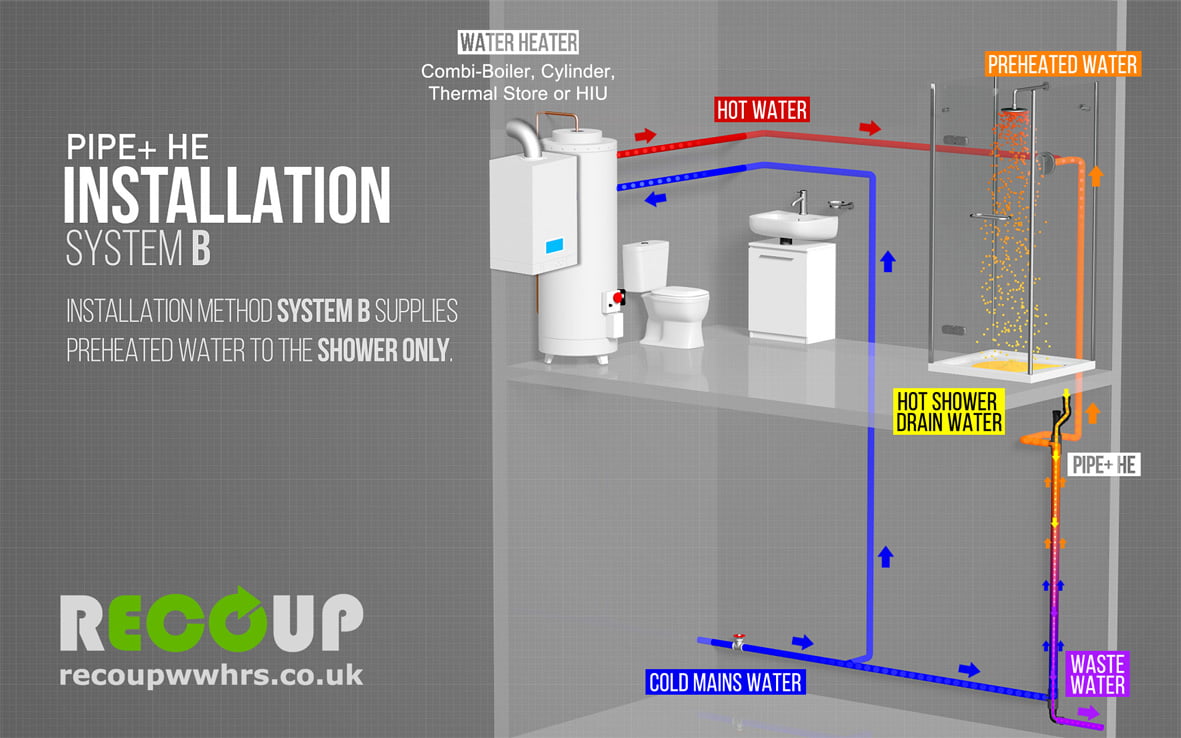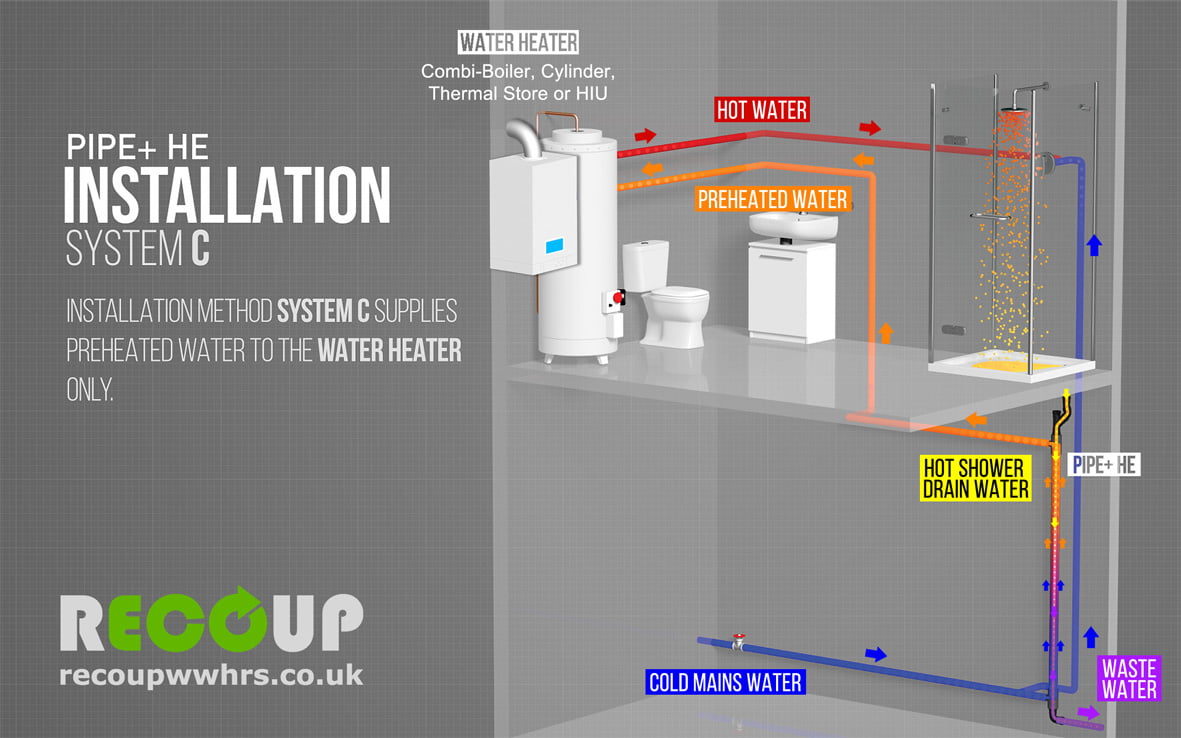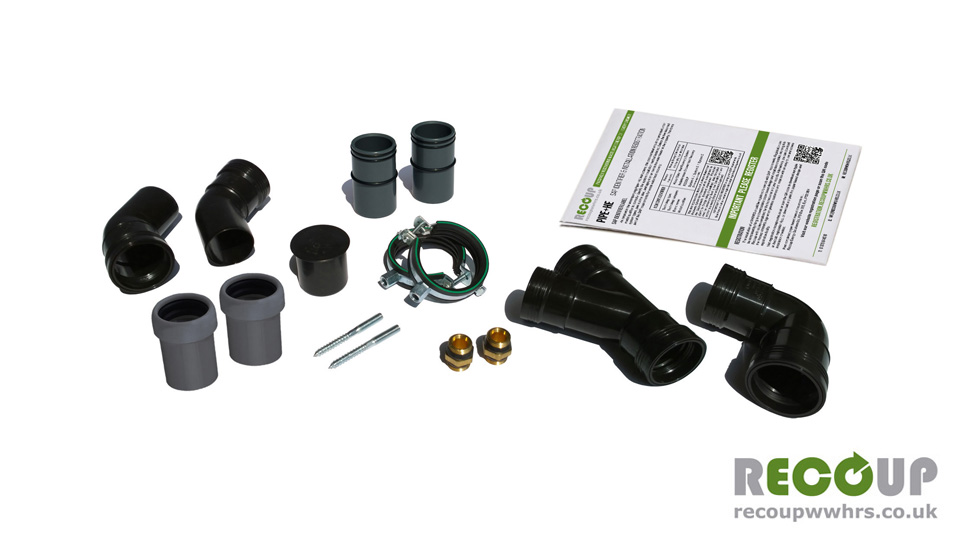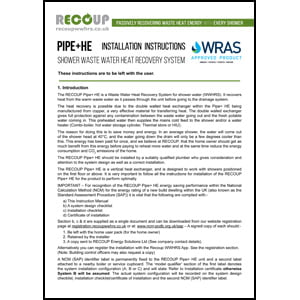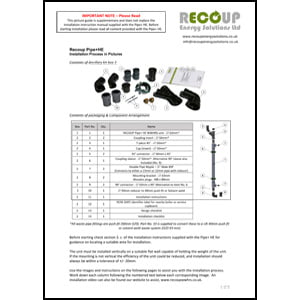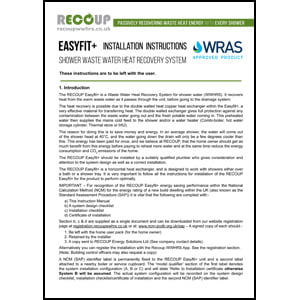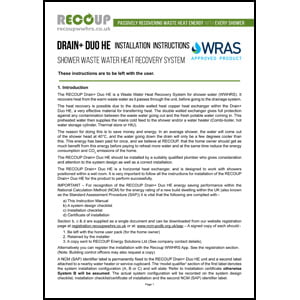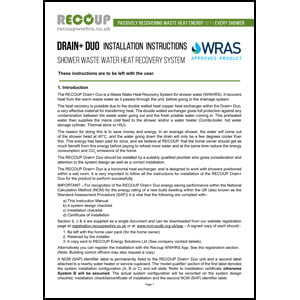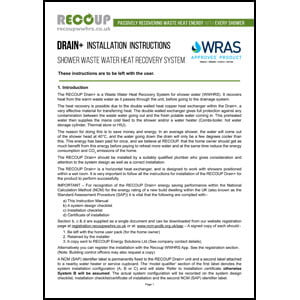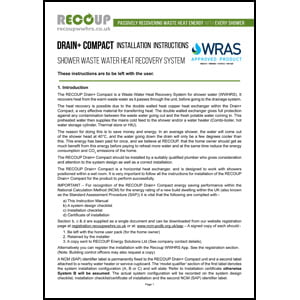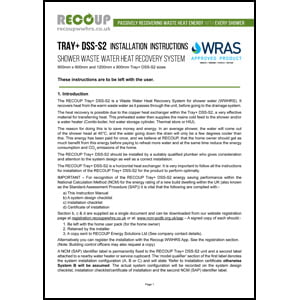Waste Water Heat Recovery for Showers
Is your Passivhaus still leaking energy?
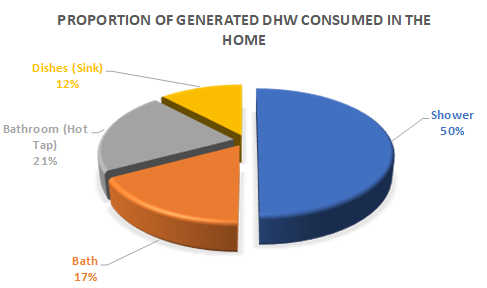

Air tightness 1: Water tightness 0!
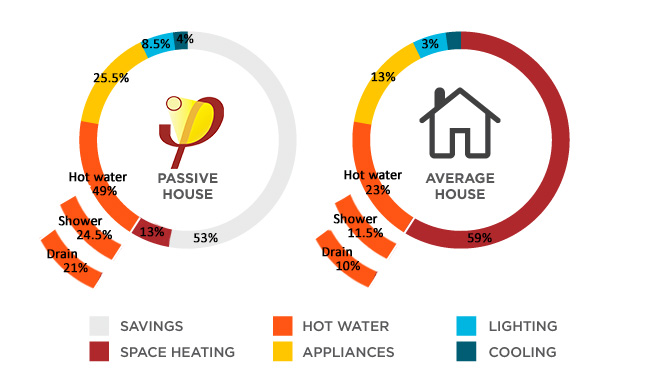
WWHRS is designed specifically to capture this wasted heat energy and recycle it back into the building DHW system, and the good news is, it can be designed into Passivhaus dwellings as cheaply and efficiently as it can for any other newbuild dwelling.The Recoup Pipe+ HE is up to 67% efficient and can, therefore, recover a significant proportion of this drain water heat energy that is otherwise be wasted and flushed away. What’s more a number of the Recoup WWHRS products such as the Pipe+ HE and Drain+ are listed on the Passivhaus Institute: Certified Component Database, and so can be used directly to contribute towards Passivhaus certification or PHPP calculations, and more importantly, reduce energy leaking from the dwelling via the waste-water pipes.
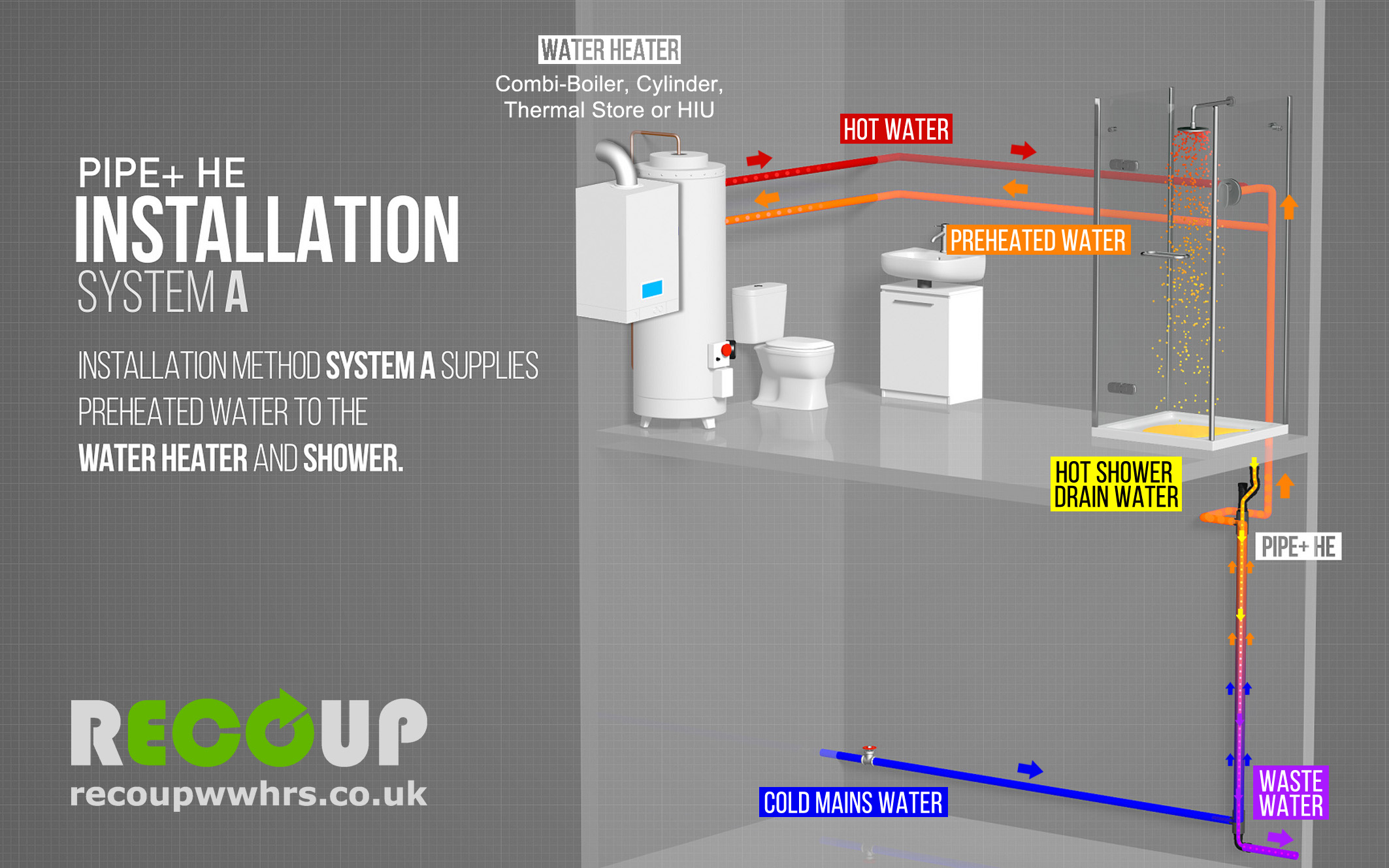
Passive house designers and end-users are more than comfortable with the concept of MVHR being used to exchanger heat energy from stale air and recycled to inbound fresh air, despite the potential design and maintenance headaches that can arise from these systems. However, WWHRS is a much simpler solution that has no moving or mechanical parts; requires no planned maintenance; and no end-user interaction. It’s a fit and forget technology that that simply offers on-demand energy savings with every shower.Don’t you think it’s time that Passivhaus designers and their clients, started to seriously look at WWHRS as a primary method of reducing DHW energy escaping from the building envelope?Please feel free to comment below, or contact us directly to find out more: [1]http://passivehouse.com/02_informations/01_whatisapassivehouse/01_whatisapassivehouse.htm[2]The importance of hot water system design in the Passivhaus’. Nick Grant and Alan Clarke, 2010[3] http://www.ech2o.co.uk/time-for-passive-house-designers-to-address-hot-water-demand-2[4] Energy Saving Trust: At Home with Water, 2013.[5] BRE – Standard Assessment Process calculation for instantaneous WWHRS



